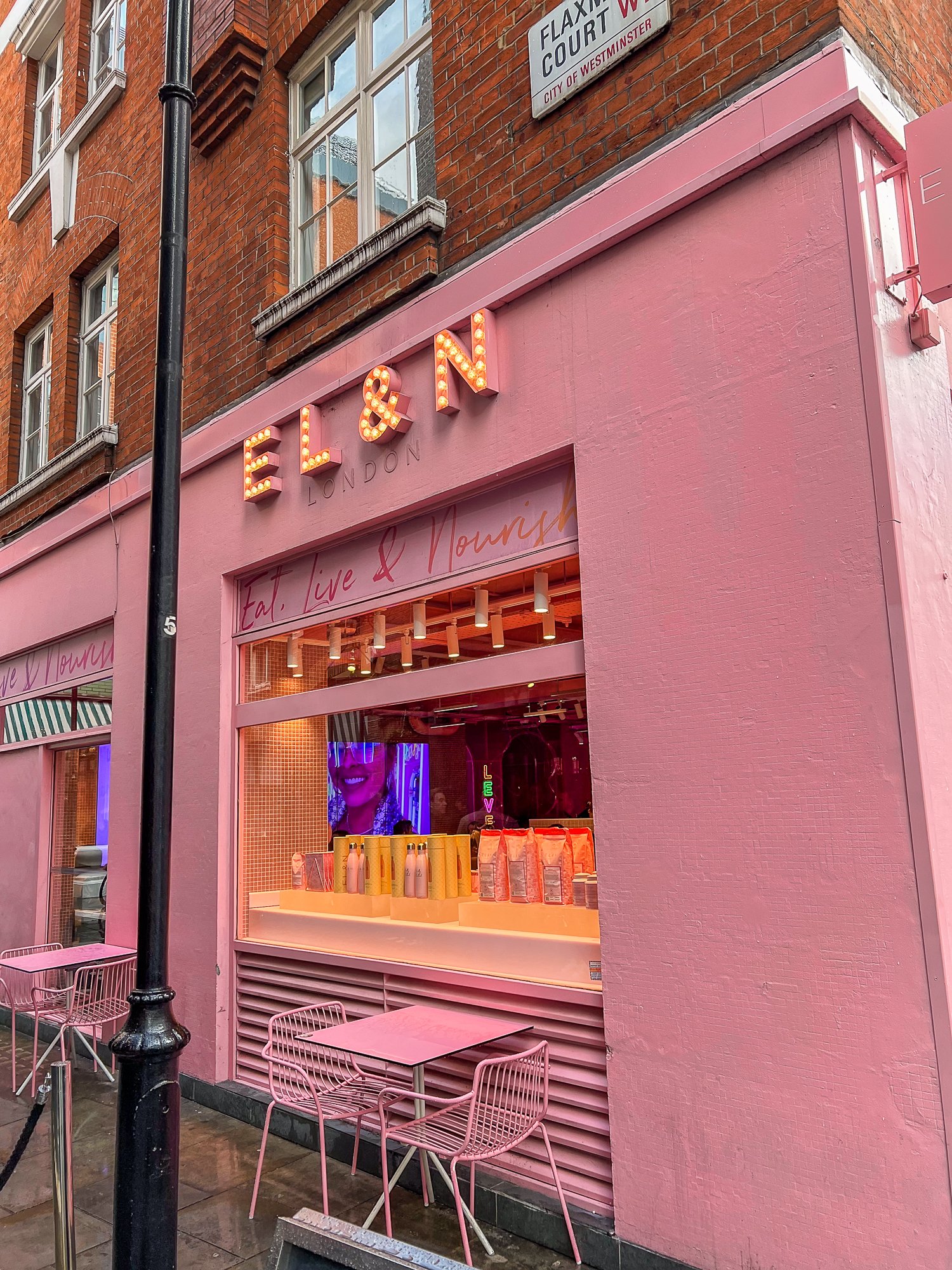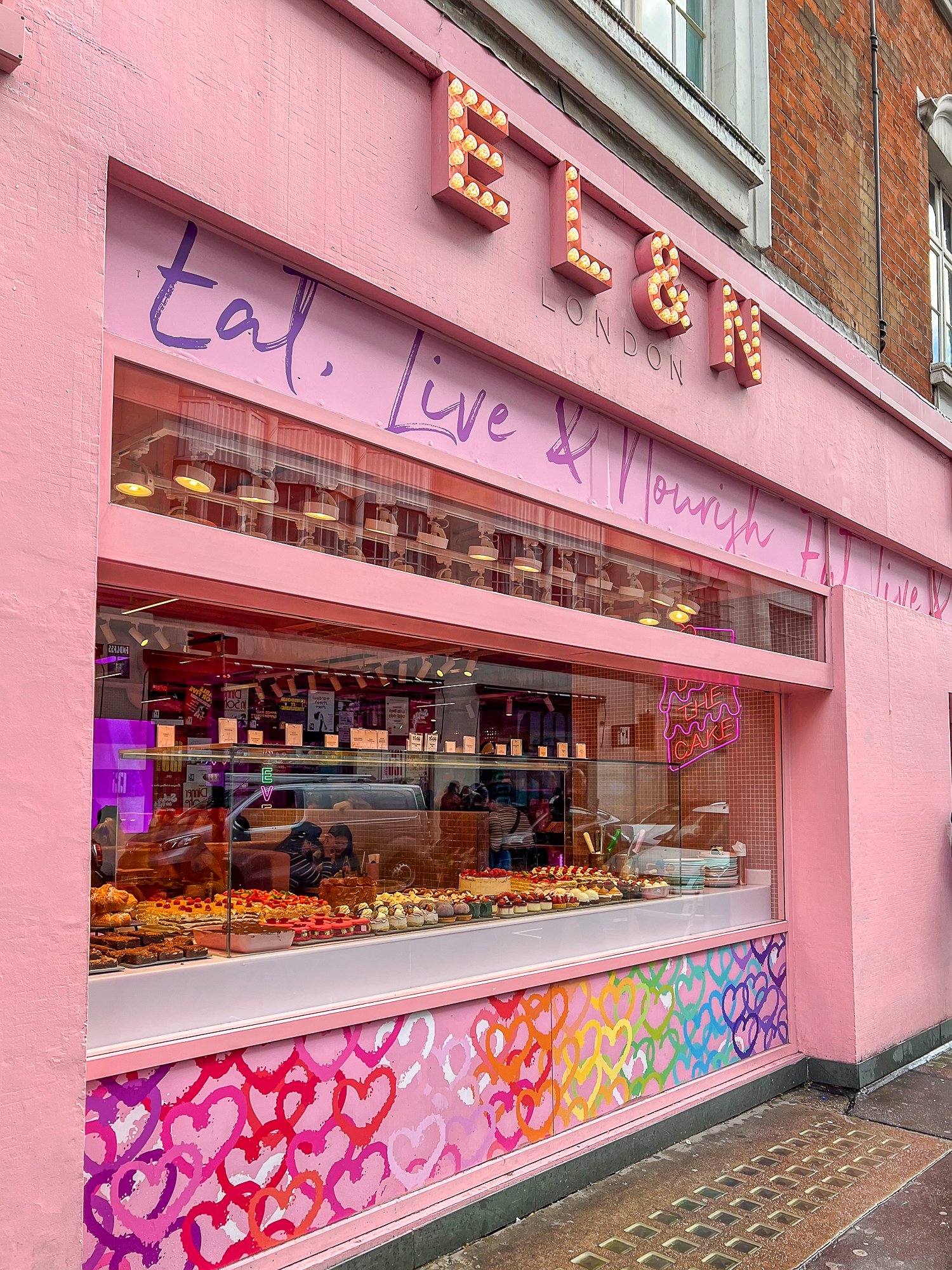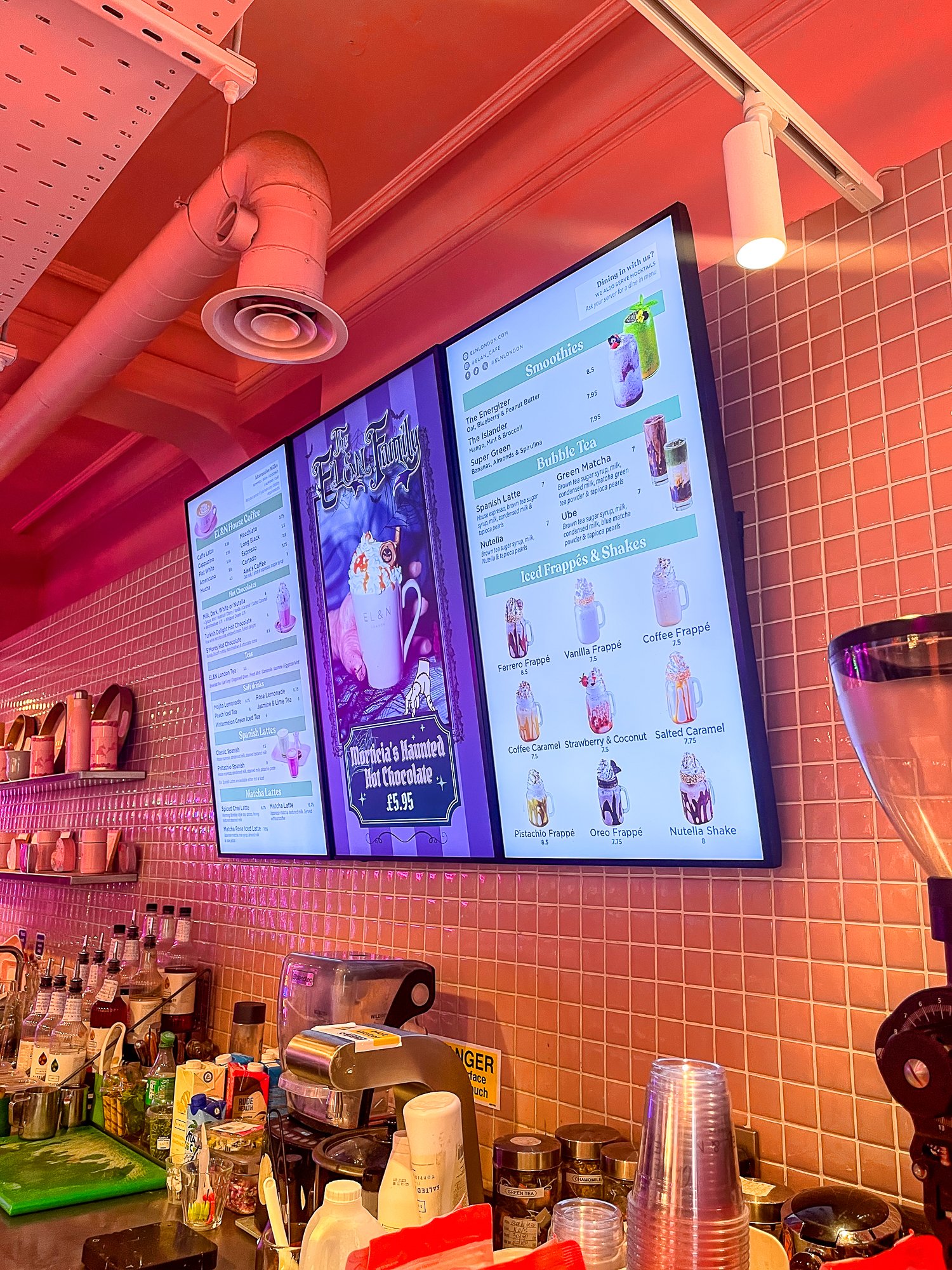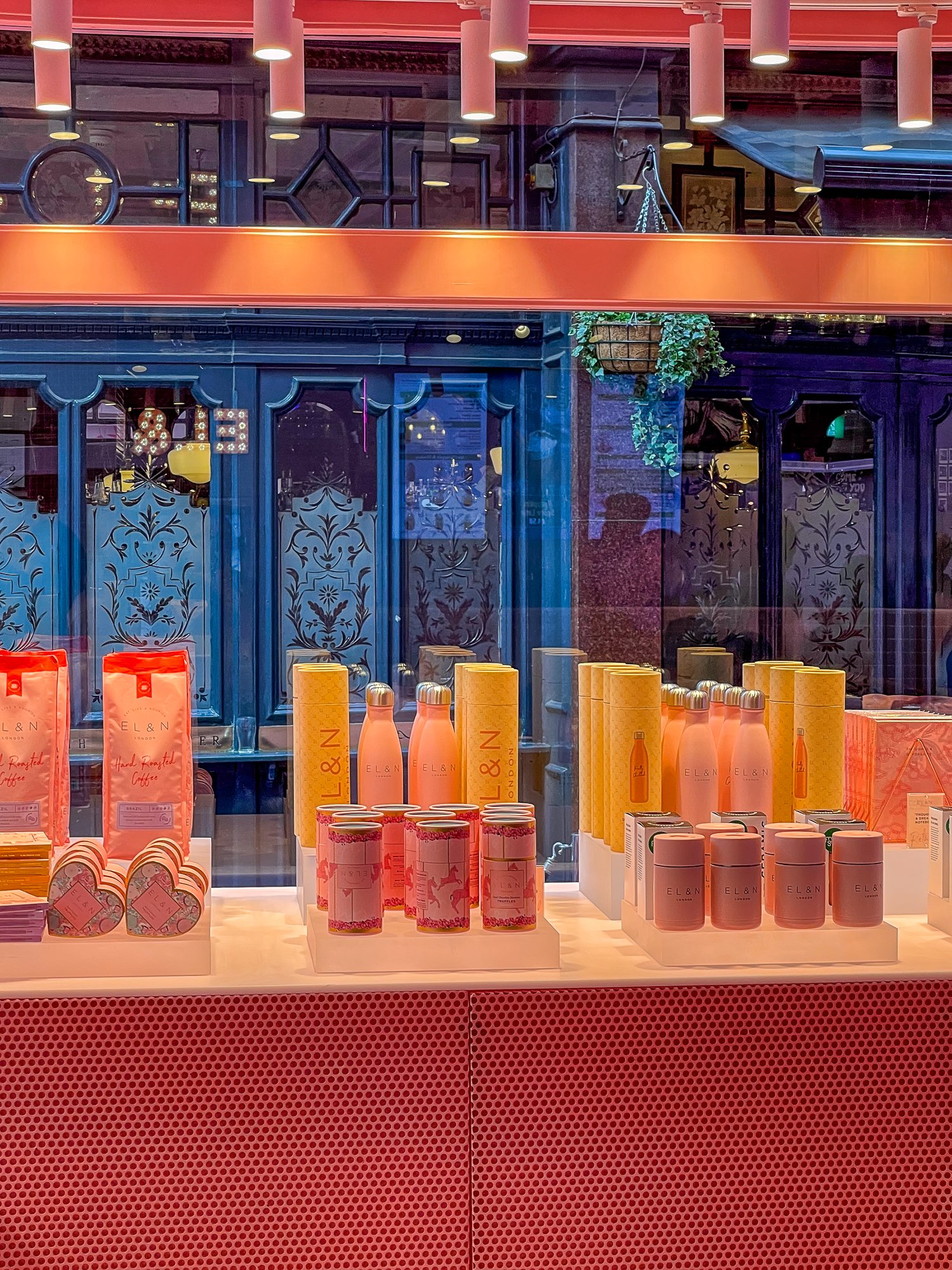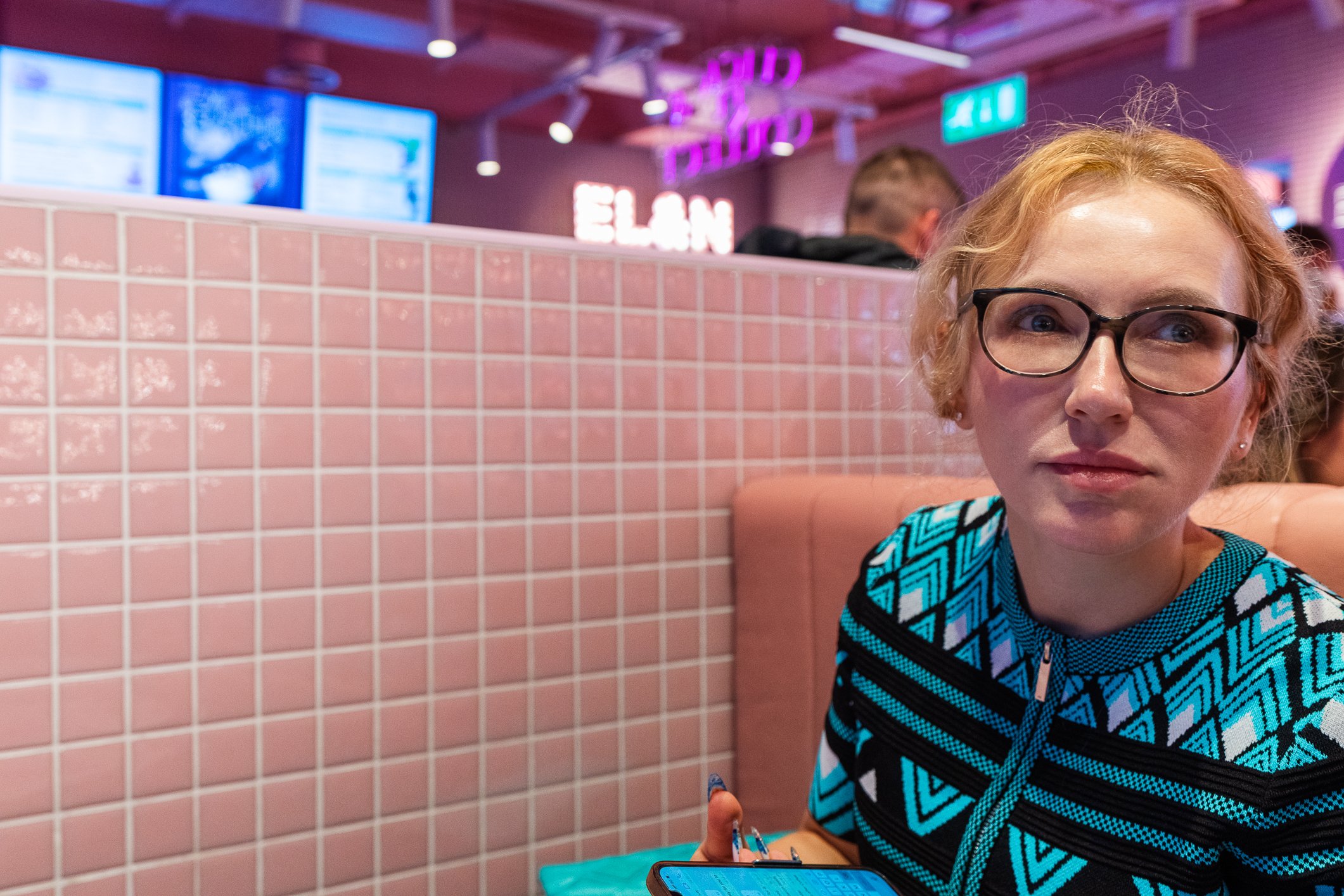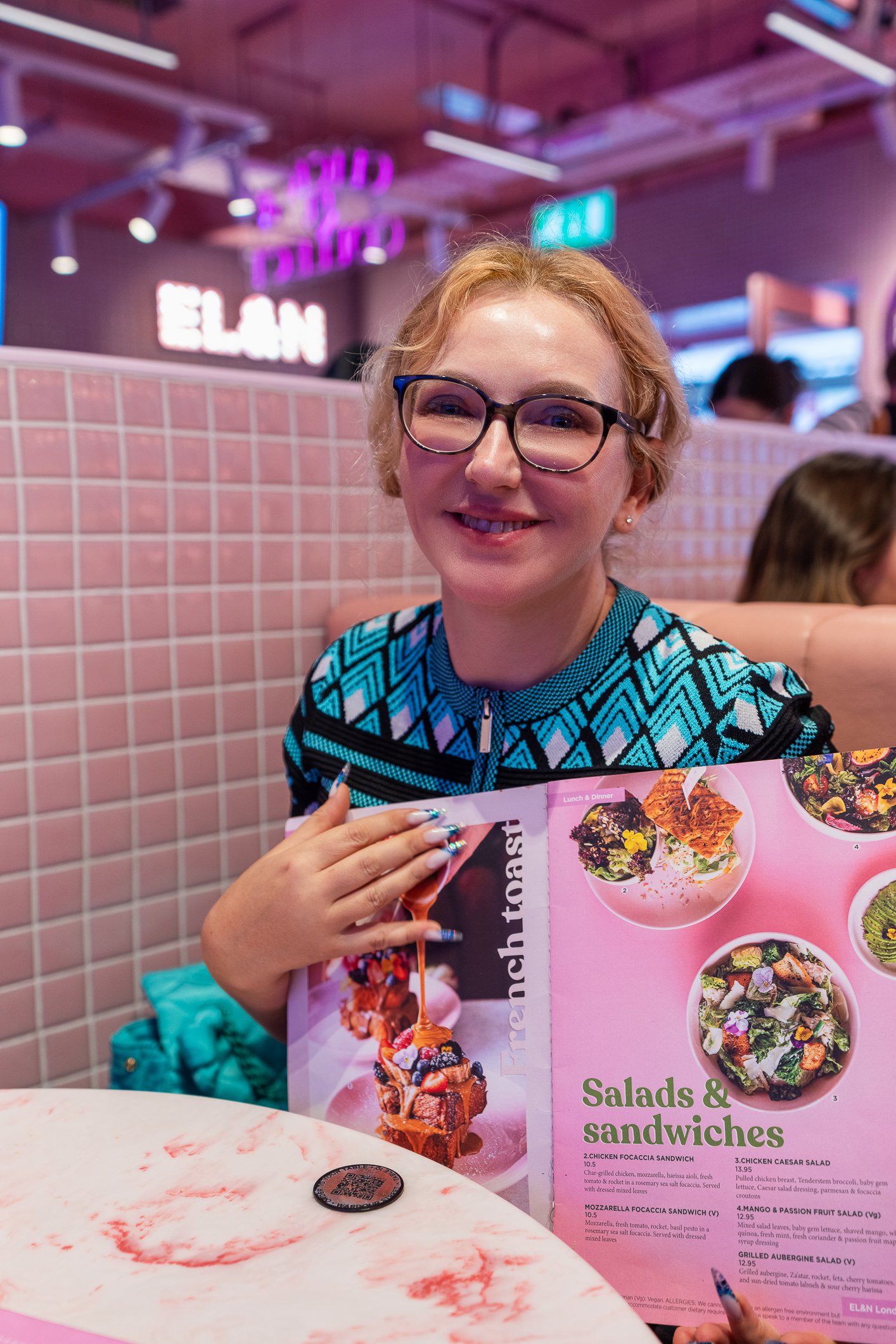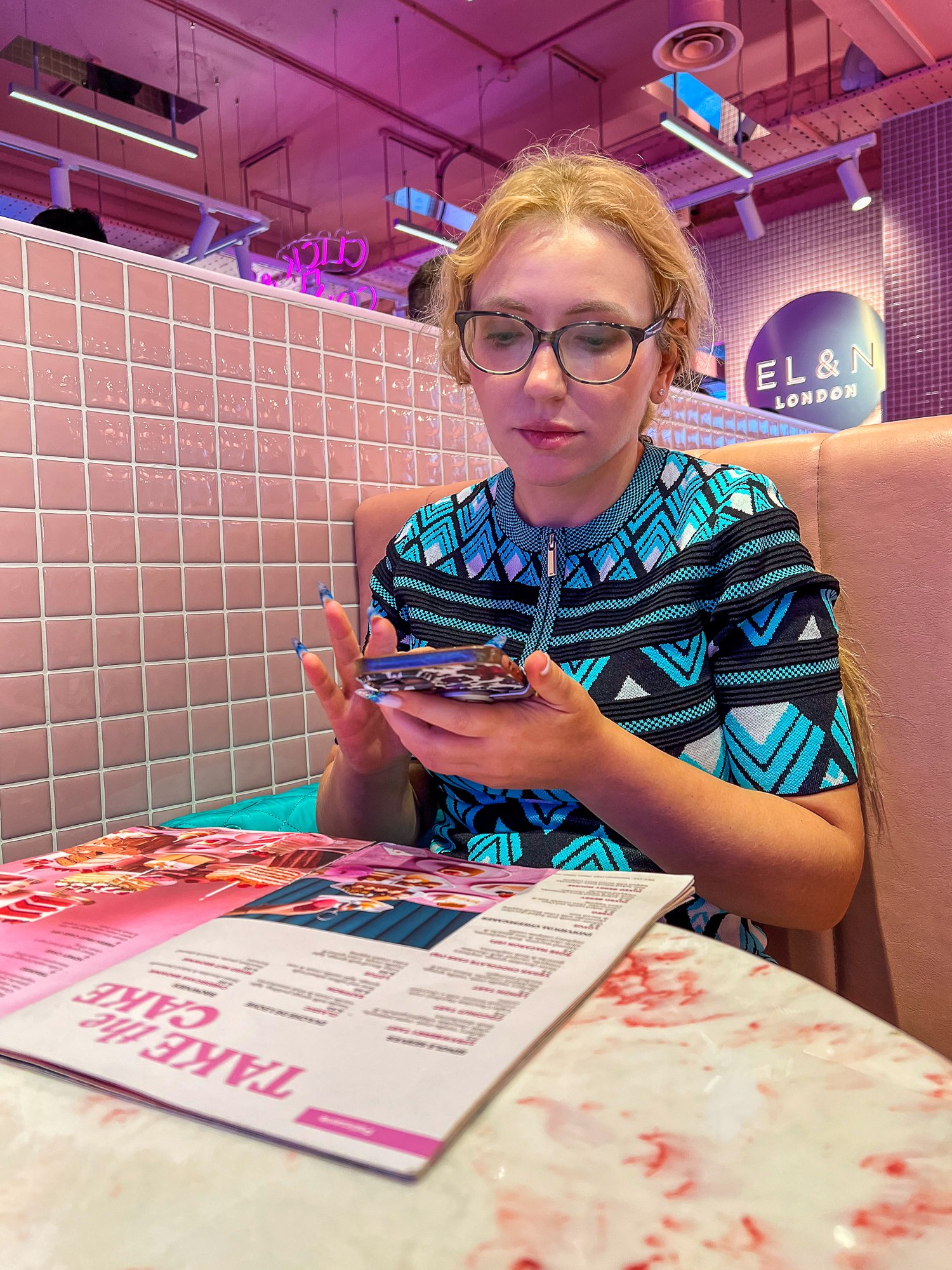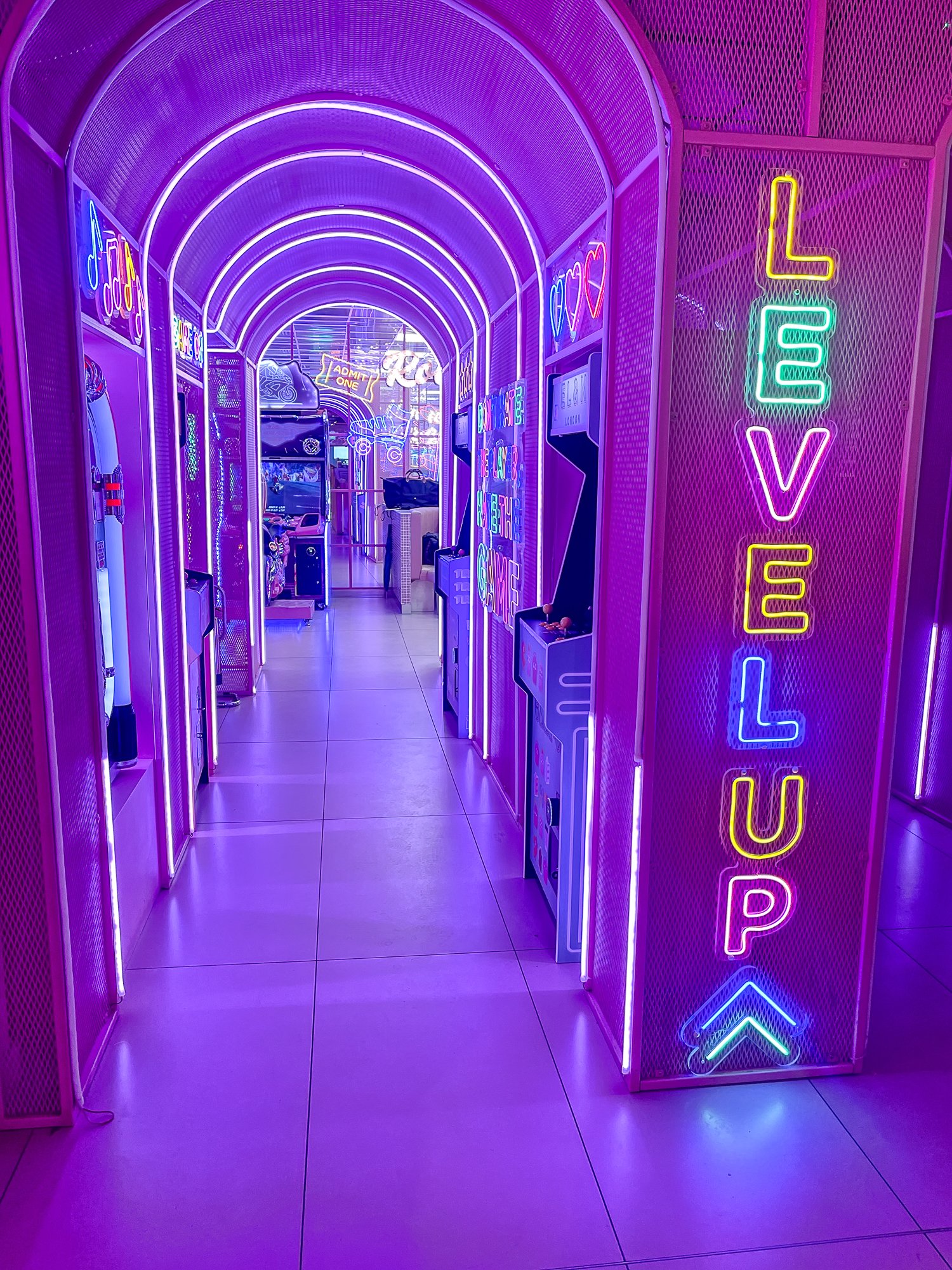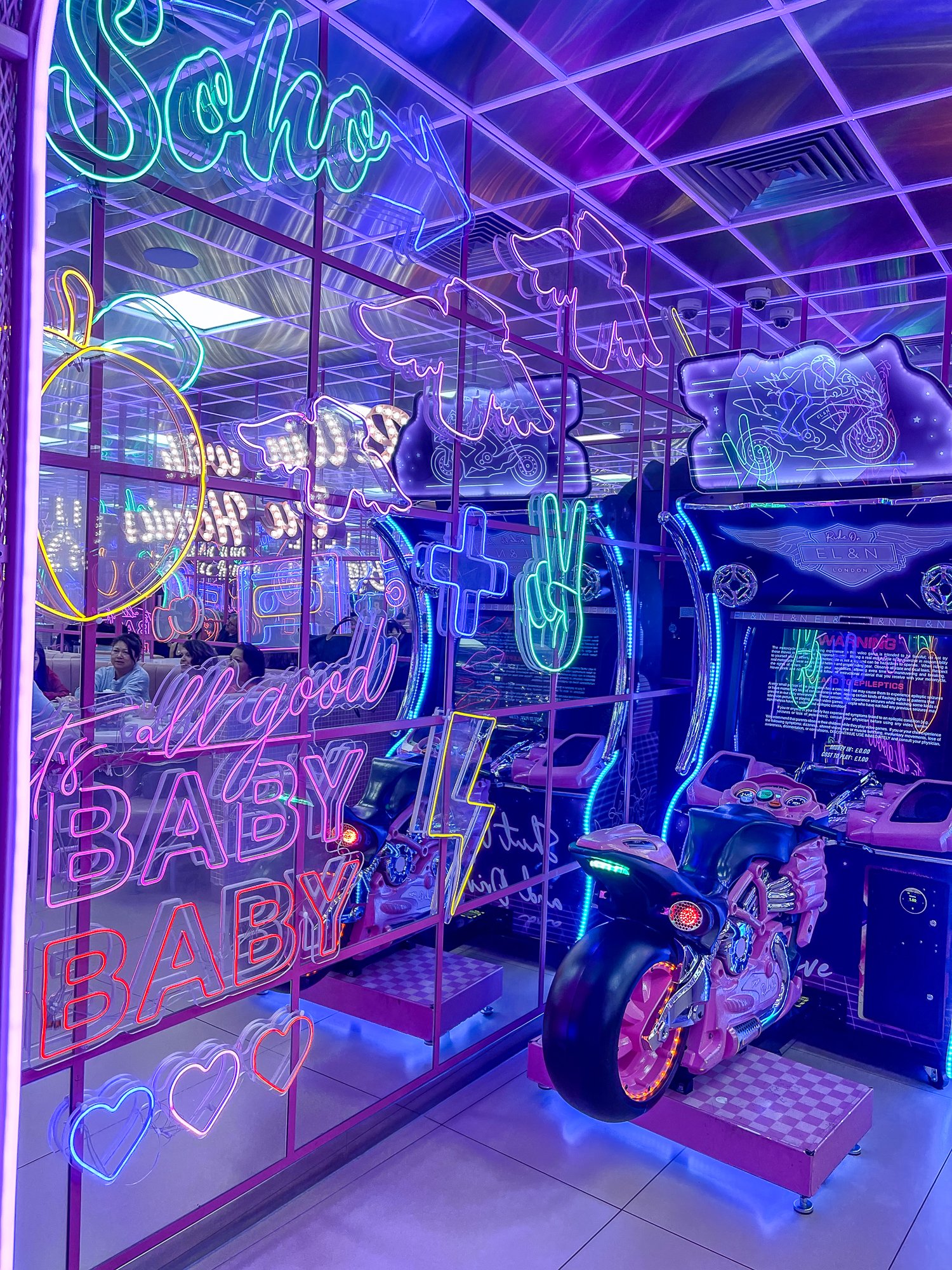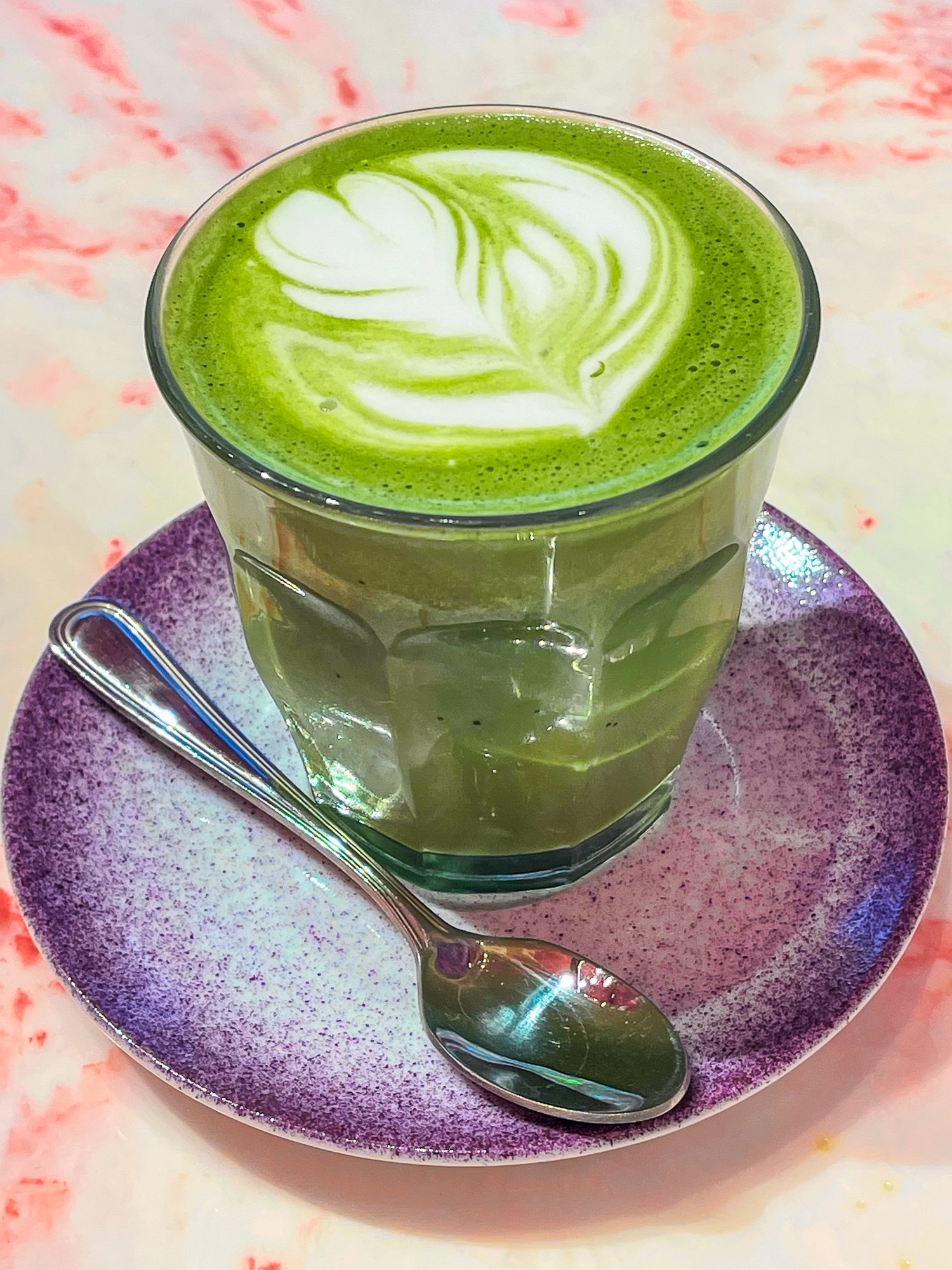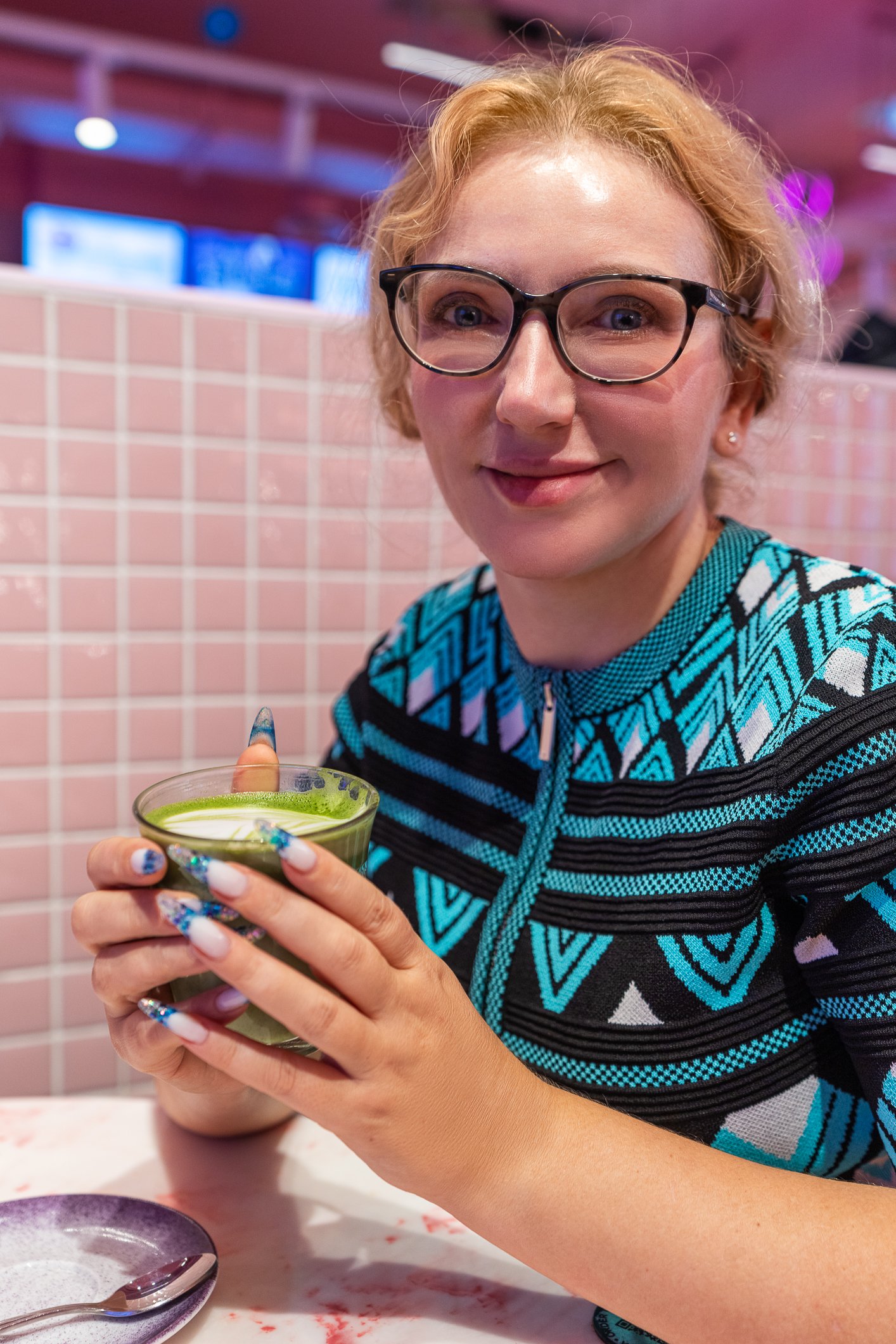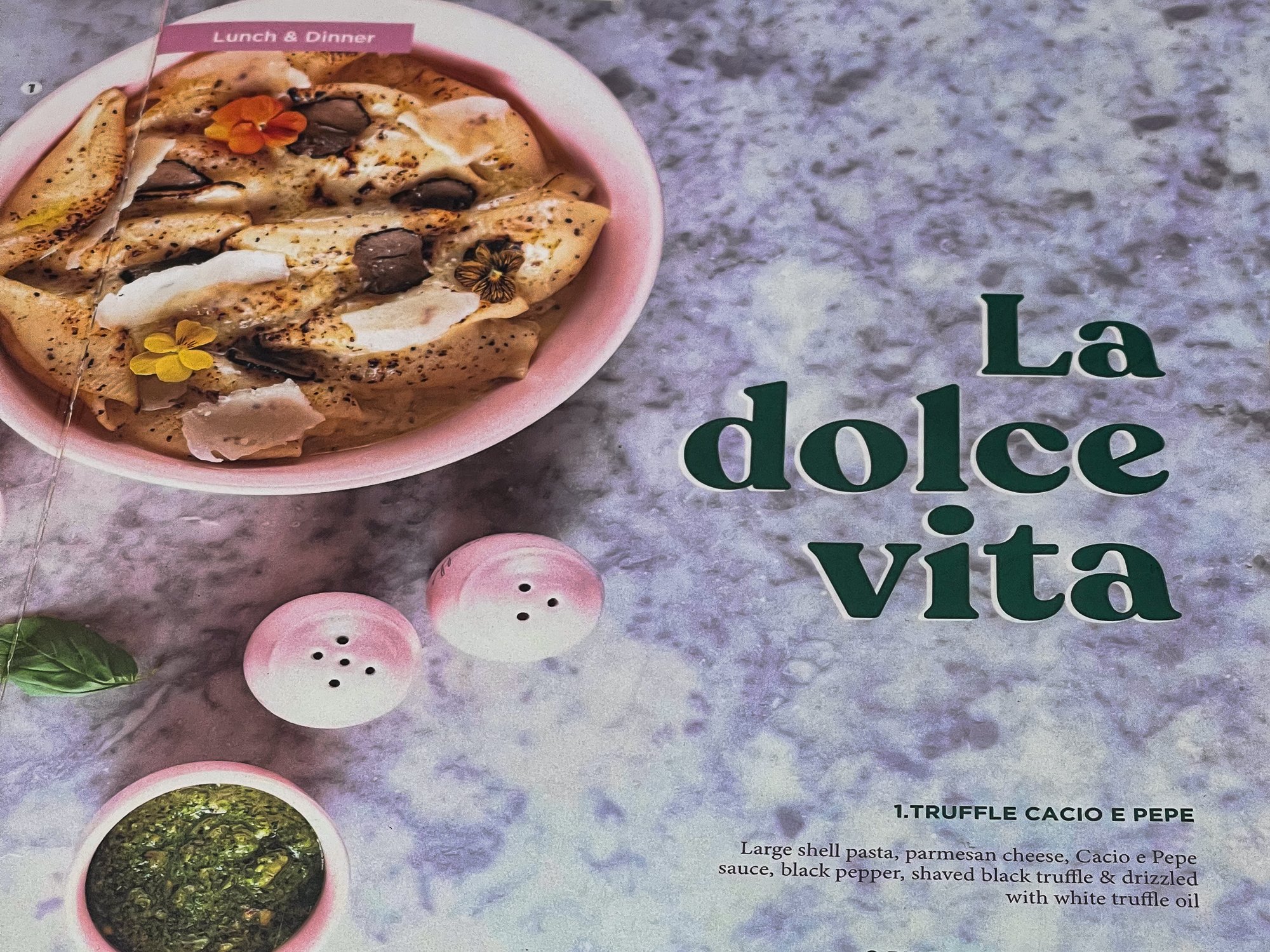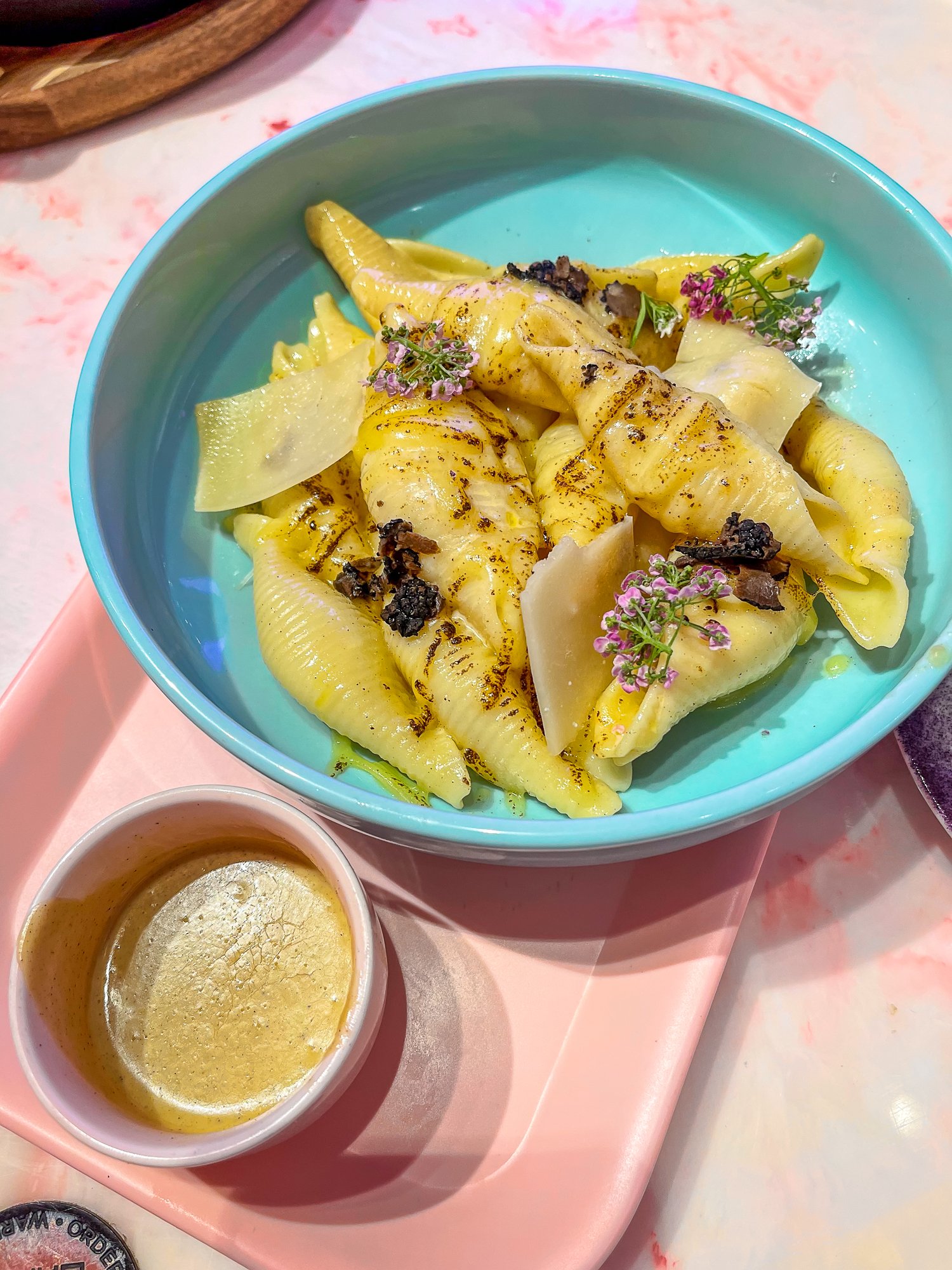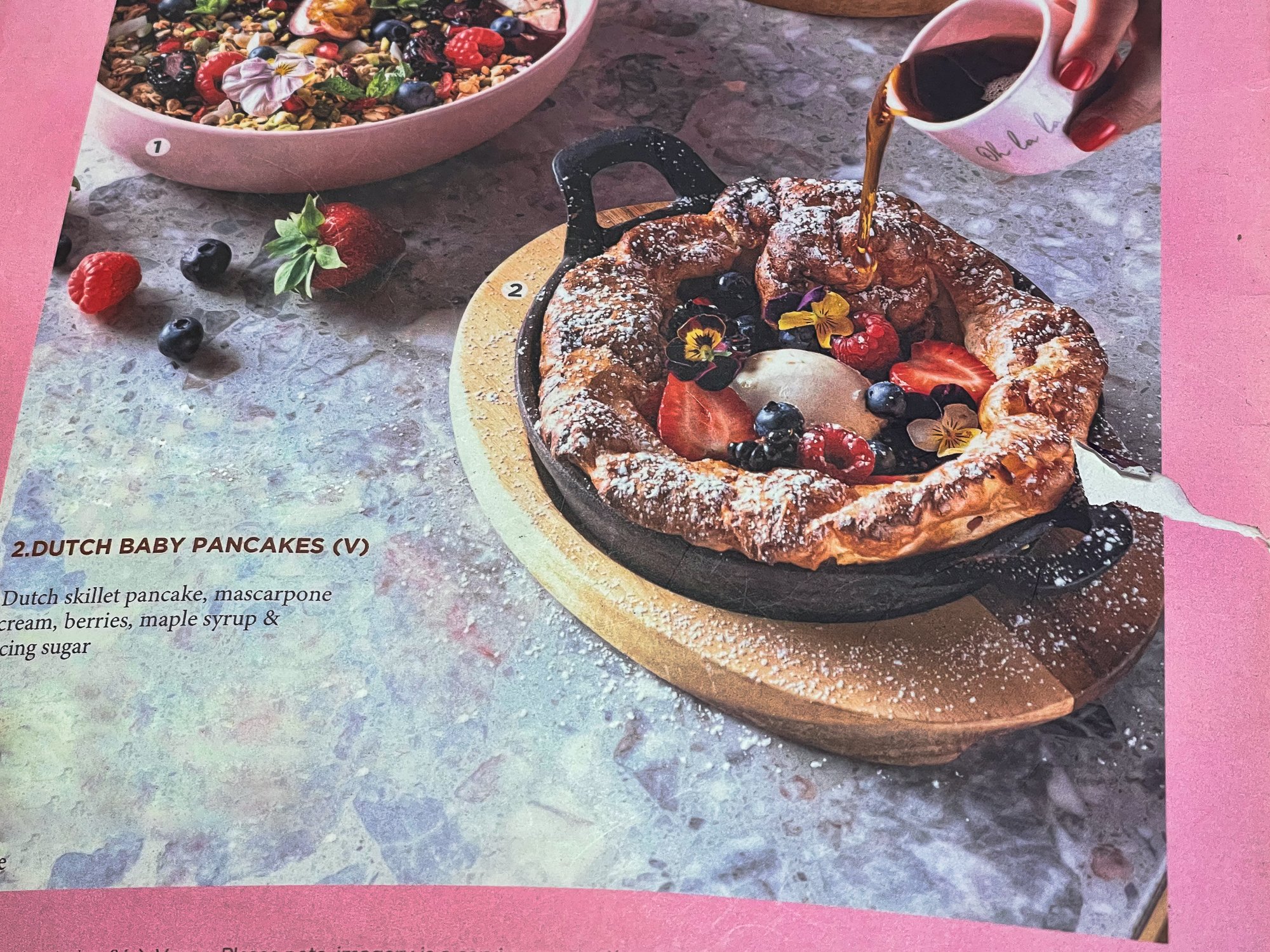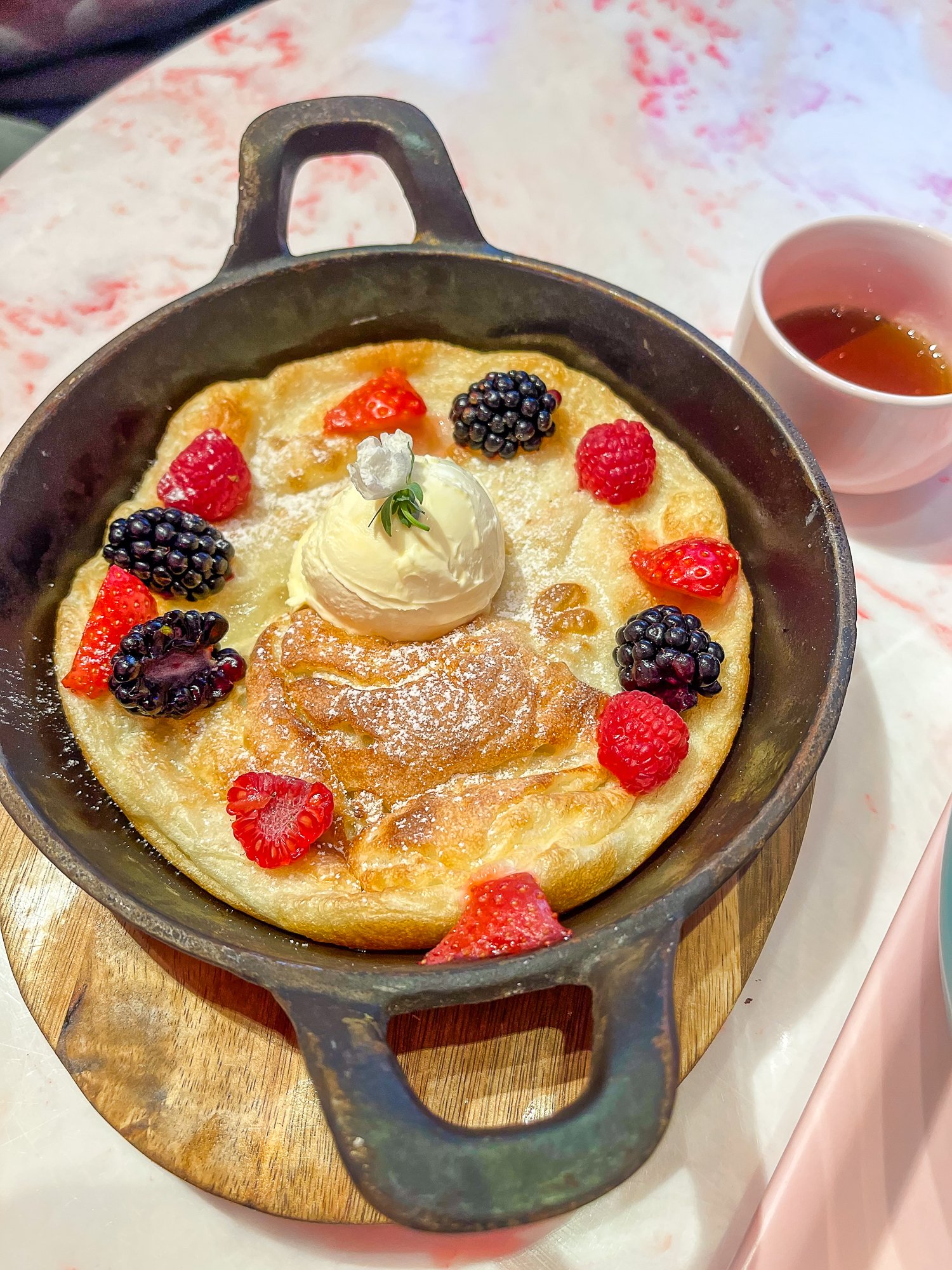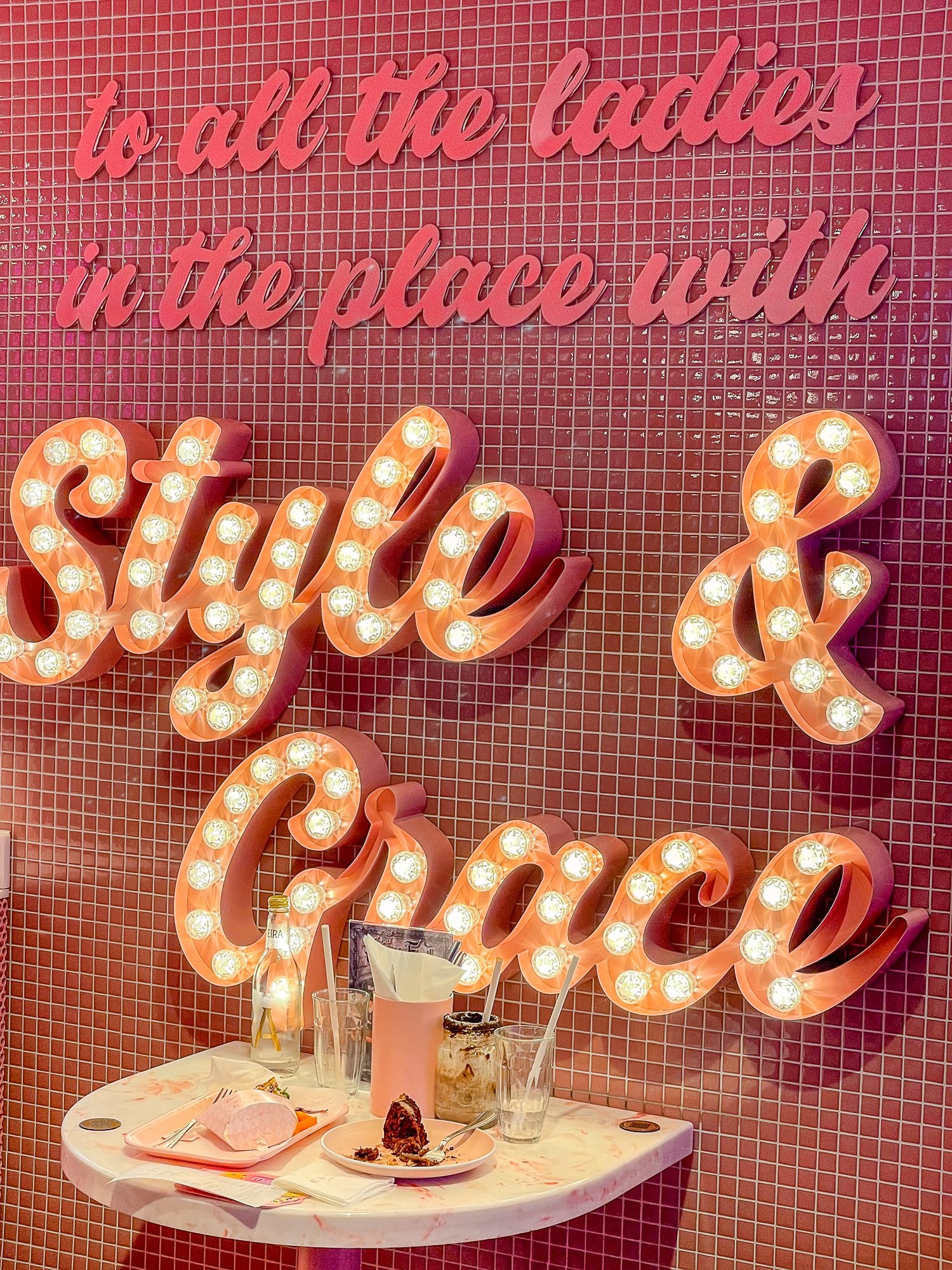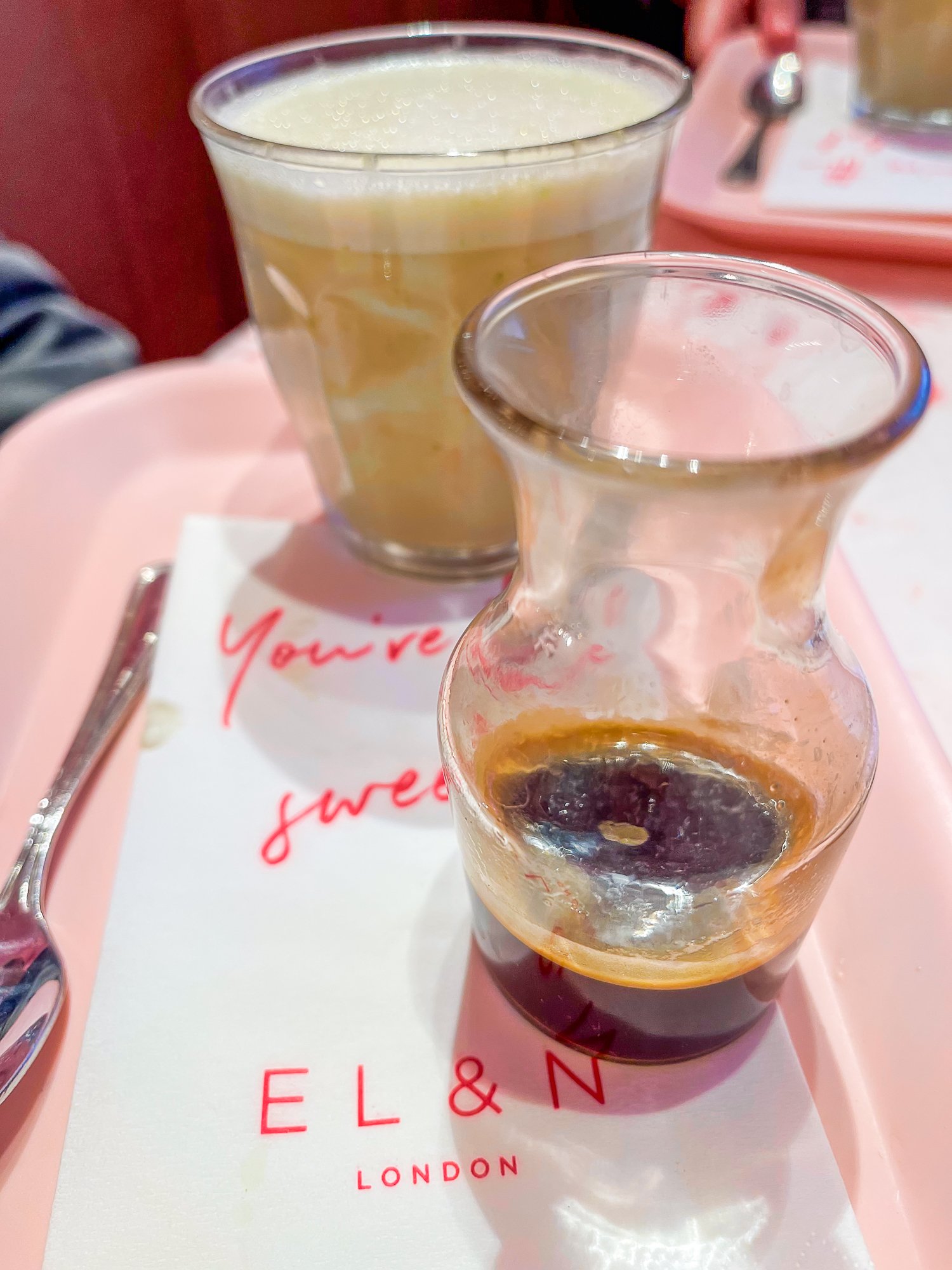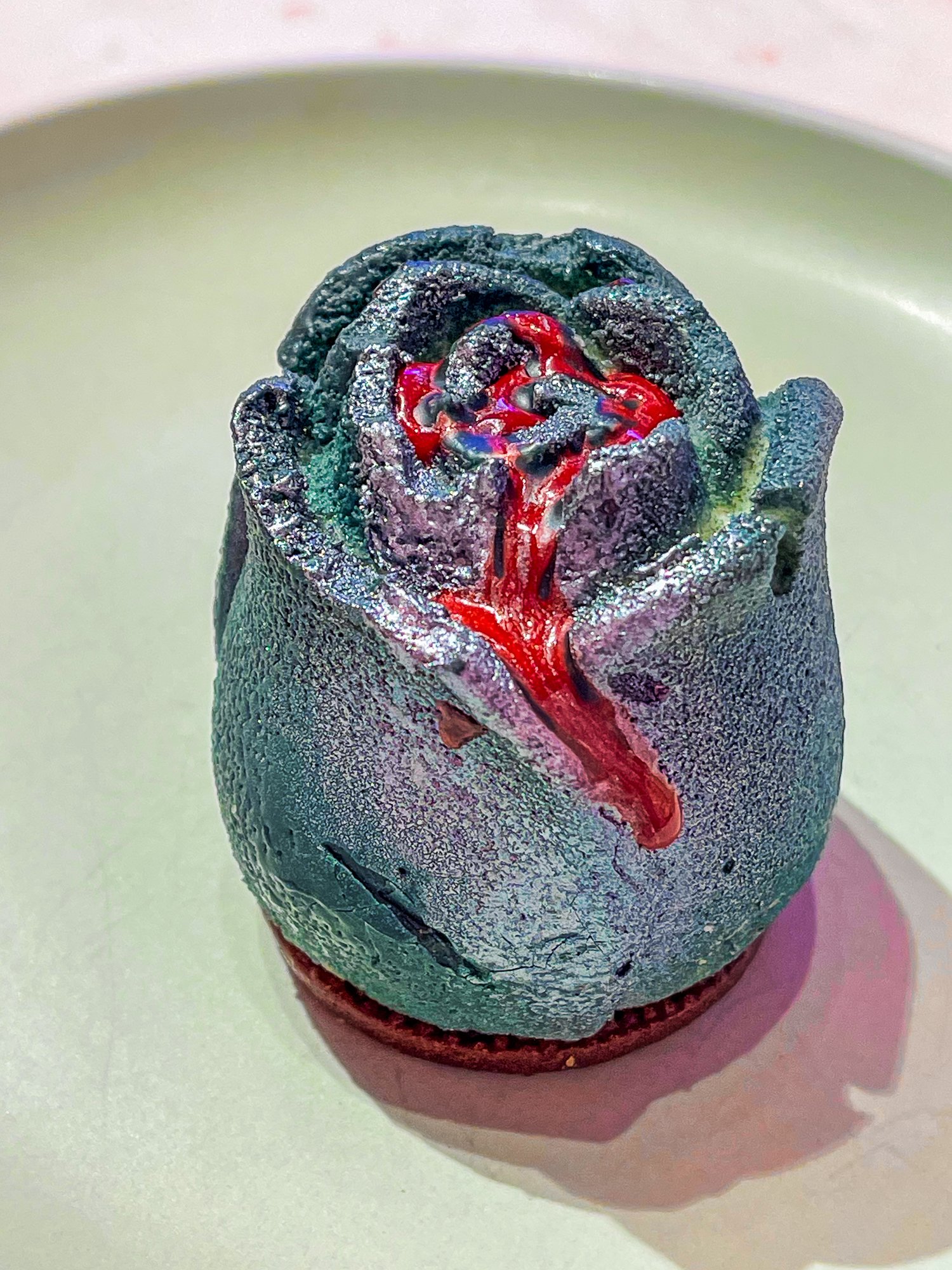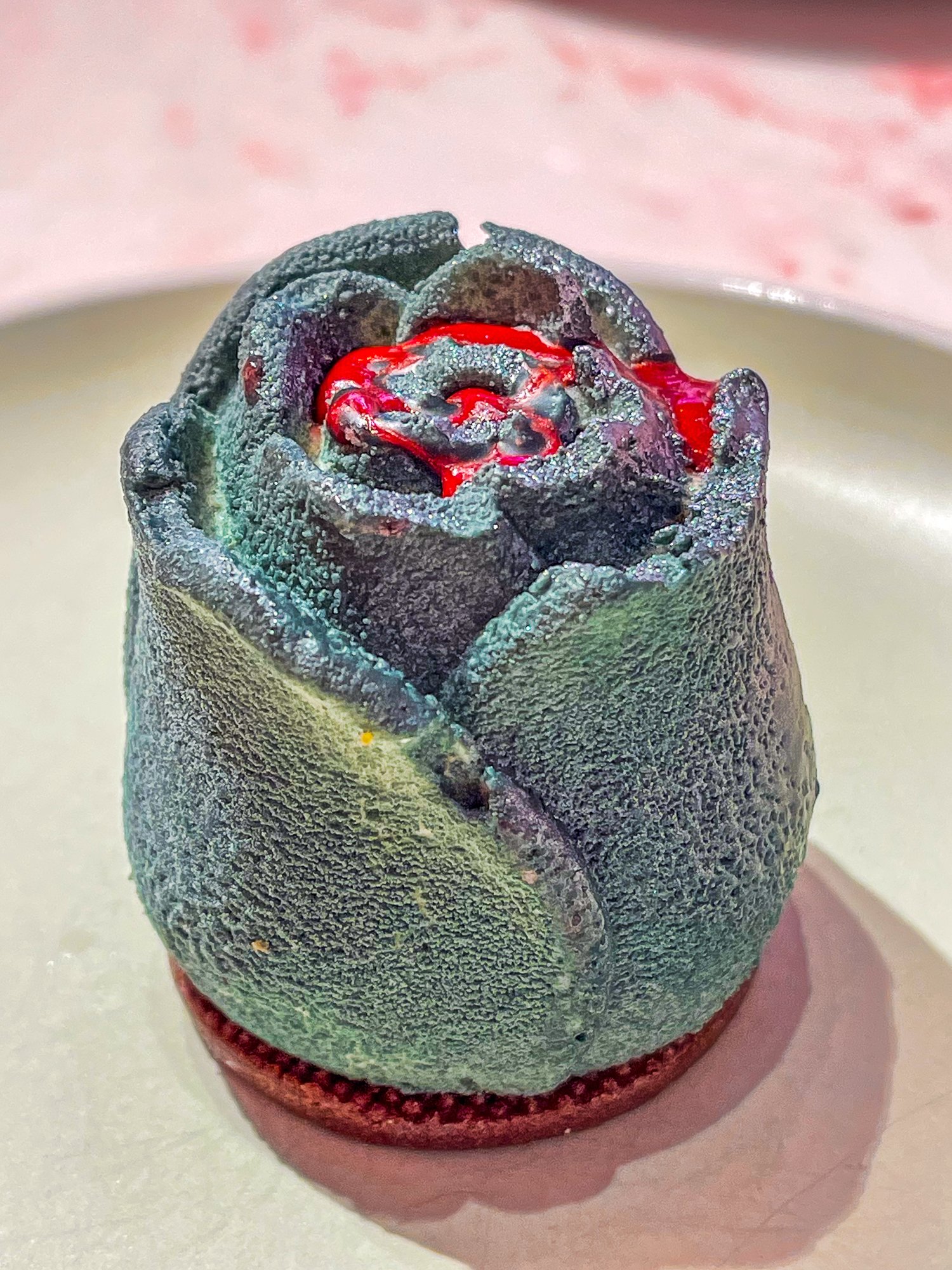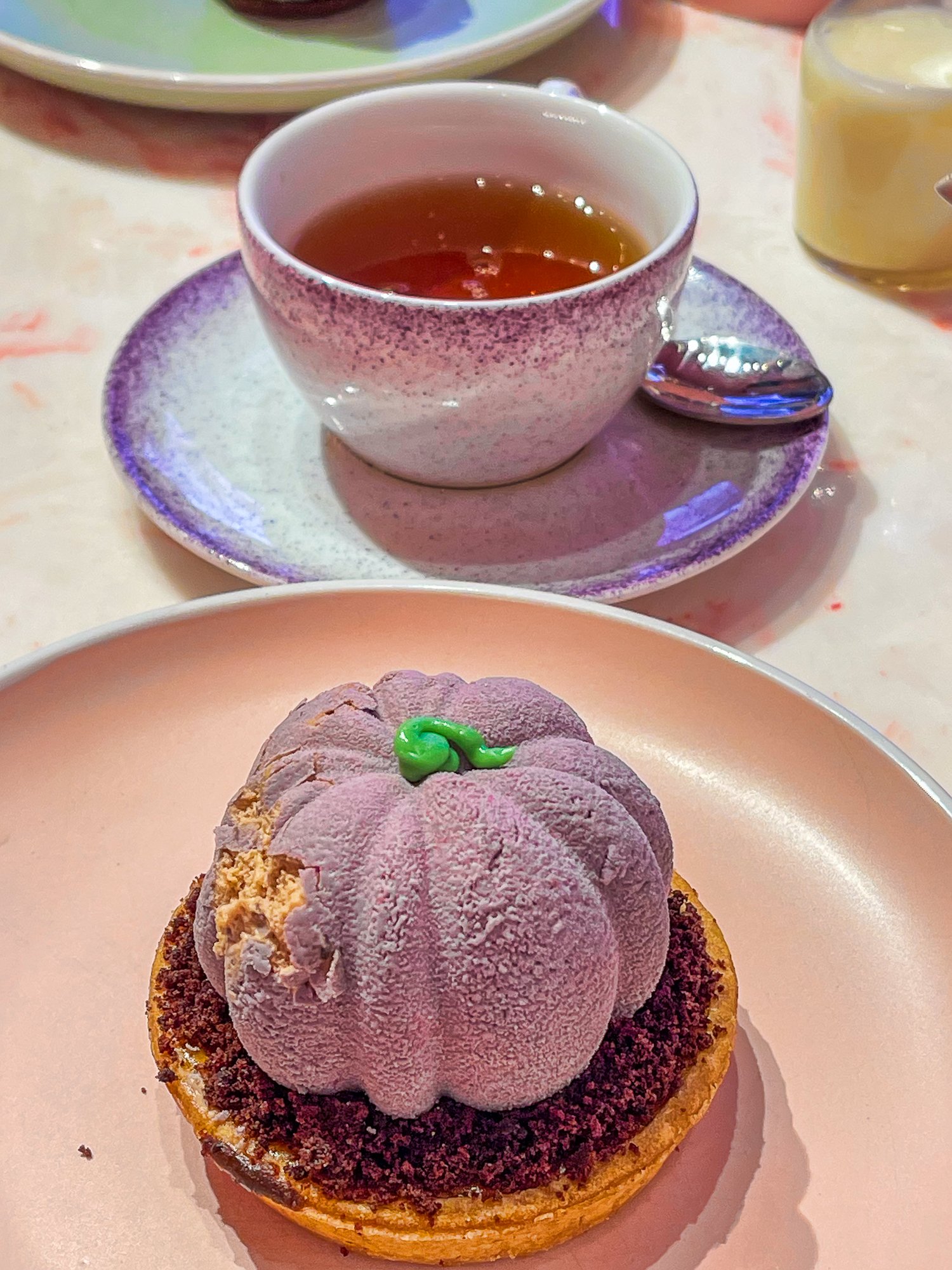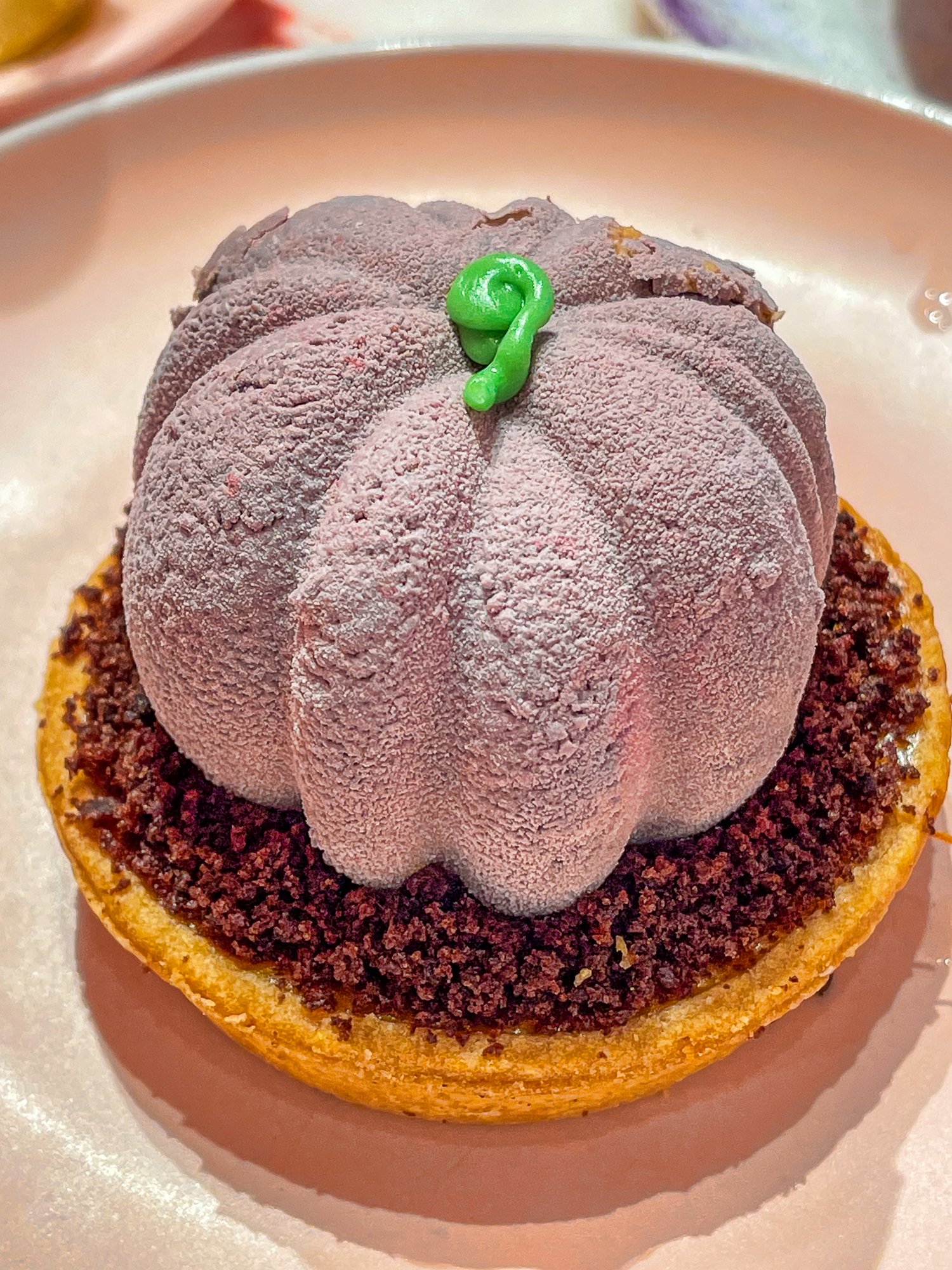Viola’s Room is an immersive experience that transports a small group of participants—capped at six, though our group consisted of just five—through a dimly lit dreamscape as Helena Bonham-Carter narrates Daisy Johnson’s story (an adaptation of a gothic mystery by Barry Pain called The Moon-Slave ).
“Follow the light” is a very simple instruction from the immersive theatre company Punchdrunk, and that we do. Barefoot. And with headphones on.
The experience unfolds linearly, allowing us to walk through the narrative as if we are inside of the story. The light guides us and we follow it like human moths drawn to a flame, often brushing against the walls of narrow corridors, feet encountering different textures that match the storyline: it feels sometimes like walking through a soft sand, and the other times like stepping on old polished wood, soft carpets or grass and tree roots. It is not for people with claustrophobia I must say. The pathway is often narrow and the light is usually scarce apart from a few vividly crafted scenes illustrating the turning points of the story (the banquet hall, the lights in the garden, the tree with ballet shoes, to name just a few – they are beautifully created, with great attention to details and quite lavish imagination). Traversing this dreamscape feels very much like sleepwalking, moving through the surreal landscape of someone else’s dream. The atmosphere is exciting but tinged with a subtle layer of anxiety and foreboding that keeps us on our toes. Once the narrative reaches its conclusion (I am not going to talk about the plot to not spoil it for future visitors) we are treated to a warm foot bath and fluffy towels, allowing us to reorient ourselves before donning our shoes. Finally, we stop for a drink in a dimly illuminated bar.
Viola’s Room to teatr immersyjny, który przenosi małą grupę uczestników — ograniczoną do maksymalnie sześciu osób, chociaż nasza grupa składała się z zaledwie pięciu — do oświetlonego przygaszonym światłem świata snów, podczas gdy Helena Bonham-Carter opowiada historię napisaną przez Daisy Johnson (chociaż warto dodać, że jest to adaptacja gotyckiej noweli Barry’ego Paina zatytułowanej The Moon-Slave).
„Podążaj za światłem” to bardzo prosta instrukcja od Punchdrunk, grupy teatralnej odpowiedzialnej za ten spektakl i to dokładnie robimy. Boso. I w słuchawkach.
Cała historia rozwija się liniowo, pozwalając nam przejść przez narrację, jakbyśmy byli jej częścią. Światło nas prowadzi, a my podążamy za nim niczym ludzkie ćmy, często ocierając się o ściany wąskich korytarzy, podczas gdy stopy napotykają różne faktury, pasujące do aktualnej fabuły: czasami wydaje się, że idziemy po miękkim piasku, a innym razem, że stąpamy po starym polerowanym drewnie, miękkich dywanach lub trawie i korzeniach drzew. Myślę sobie, że to dobrze, że nie mamy z Marcinem klaustrofobii. Ścieżka jest często wąska, a światło zwykle skąpe, poza kilkoma barwnie wykreowanymi scenami ilustrującymi punkty zwrotne opowieści (sala bankietowa, światła w ogrodzie, drzewo obwieszone baletkami, żeby wymienić tylko kilka – są one pięknie stworzone, z wielką dbałością o szczegóły i polotem wyobraźni). Przemierzanie tych instalacji przypomina trochę lunatykowanie, jakbyśmy poruszali się przez surrealistyczny krajobraz czyjegoś snu. Atmosfera jest ekscytująca, ale podszyta subtelną warstwą niepokoju i złego przeczucia, które trzymają nas cały czas w napięciu. Gdy narracja dobiega końca (nie będę opowiadać o fabule, żeby nie zepsuć nikomu zabawy), czeka na nas ciepła kąpielą stóp i swieże ręczniki. Na koniec, już z butami na nogach, zatrzymujemy się na drinka w nastrojowo oświetlonym barze.

















































